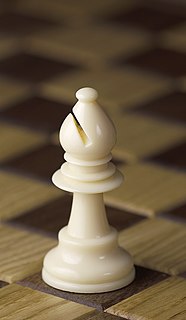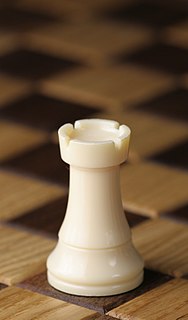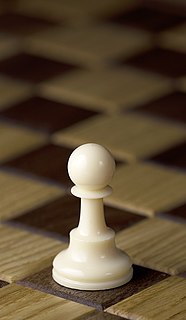Capablanca Chess is a chess variant invented in the 1920s by former World Chess Champion José Raúl Capablanca. It incorporates two new pieces and is played on a 10×8 board. Capablanca believed that chess would be played out in a few decades. This threat of "draw death" for chess was his main motivation for creating a more complex version of the game.
Progressive chess is a chess variant in which players, rather than just making one move per turn, play progressively longer series of moves. The game starts with White making one move, then Black makes two consecutive moves, White replies with three, Black makes four and so on. Progressive chess can be combined with other variants; for example, when circe is played as a game, it is usually progressively. Progressive chess is considered particularly apt for playing correspondence chess using mail or some other slow medium, because of the relatively small number of moves in a typical game.
Janus Chess is a chess variant invented in 1978 by Werner Schöndorf from Bildstock, Germany. It is played on a 10×8 board and features a fairy chess piece, the janus, with the combined moves of a bishop and a knight. The janus piece is named after the Roman god Janus because this god was usually depicted with two faces looking in opposite directions.
Extinction chess is a chess variant invented by R. Wayne Schmittberger, editor of Games magazine, in 1985. Instead of checkmate as the winning condition, the object of the game is the elimination of all of a particular kind of piece of the opponent. In other words, the objective is any of the following:
Chess with different armies is a chess variant invented by Ralph Betza in 1979. Two sides use different sets of fairy pieces. There are several armies of equal strength to choose from, including the standard FIDE army. In all armies, kings and pawns are the same as in FIDE chess, but the four other pieces are different.
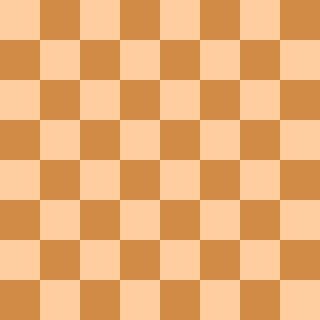
Monochromatic chess is a chess variant with unknown origin. The initial board position and all rules are the same as in regular chess, except that pieces that begin on a black square must always stay on a black square and pieces that begin on a white square must always stay on a white square. This would mean that knights can never move, but The Classified Encyclopedia of Chess Variants says that knights make a double jump. It has been suggested that a knight be replaced with a (3,1)-leaper (camel).

Cubic Chess is a chess variant invented by Vladimír Pribylinec beginning with an early version in 1977. The game substitutes cubes for the chess pieces, where four of the faces of each cube display a different chess piece, the two other faces are blank and are orientated to the players. This provides an efficient means to change a piece's type. Kings and queens have unique cubes containing only their symbol, effectively behaving as normal.
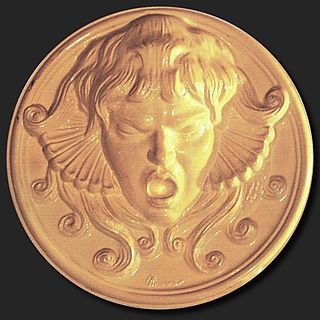
2000 A.D. is a chess variant created by V. R. Parton which employs fairy chess pieces on a 10×10 board. Parton published the variant in his 1972 monograph My Game for 2000 A.D. and After.
Philip M. Cohen is the inventor of several chess variants. He authored the column "Olla Podrida" in the periodical Nost-algia published by the correspondence game club NOST. The column regularly featured chess variants, many experimental, since 1972.

Wildebeest Chess is a chess variant created by R. Wayne Schmittberger in 1987. The Wildebeest board is 11×10 squares. Besides the standard chess pieces, each side has two camels and one wildebeest. The inventor's intent is "to balance the number of 'riders'—pieces that move along open lines—with the number of 'leapers'—pieces that jump".

Dragonfly is a chess variant invented by Christian Freeling in 1983. There are no queens, and a captured bishop, knight, or rook becomes the property of the capturer, who may play it as his own on a turn to any open square. The board is 7×7 squares, or alternatively a 61-cell hexagon with two additional pawns per side.

Wolf Chess is a chess variant invented by Dr. Arno von Wilpert in 1943. It is played on a 10×8 chessboard and employs several fairy pieces including wolf and fox – compound pieces popular in chess variants and known by different names.

Masonic Chess is a chess variant invented by George R. Dekle, Sr. in 1983. The game is played on a modified chessboard whereby even-numbered ranks are indented to the right—resembling masonry brickwork. The moves of the pieces are adapted to the new geometry; in other respects the game is the same as chess.

Chesquerque is a chess variant invented by George R. Dekle, Sr. in 1986. The game is played on a board equaling four Alquerque boards combined, and like Alquerque, pieces move along marked lines (9×9) to the points of intersection. All the standard chess pieces are present, plus one additional pawn and one archbishop fairy piece per side. The pieces move in ways specially adapted to the Alquerque-gridded board.

Tri-Chess is the name of a chess variant for three players invented by George R. Dekle, Sr. in 1986. The game is played on a board comprising 150 triangular cells. The standard chess pieces are present, minus the queens, and plus the chancellor and cardinal compound fairy pieces per side.
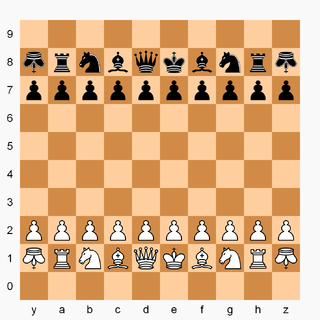
Stratomic is a chess variant invented by Robert Montay-Marsais in 1972. The game is played on a 10×10 board with all the standard chess pieces present, and in addition, two nuclea pieces and two extra pawns per side. The game brings the concept of modern warfare weaponry to chess.

Balbo's Game is a chess variant invented by M. [Monsieur] G. Balbo in 1974. The chessboard has a novel shape comprising 70 squares, and each player commands a full chess army minus one pawn.

Falcon-Hunter Chess is a chess variant invented by Karl Schultz in 1943 employing the two fairy chess pieces falcon and hunter. The game takes several forms, including variations Hunter Chess and Decimal Falcon-Hunter Chess added in the 1950s.

Hostage Chess is a chess variant invented by John Leslie in 1997. Captured pieces are not eliminated from the game but can reenter active play through drops, similar to shogi. Unlike shogi, the piece a player may drop is one of his own pieces previously captured by the opponent. In exchange, the player returns a previously captured enemy piece which the opponent may drop on a future turn. This is the characteristic feature of the game.




